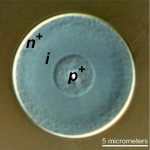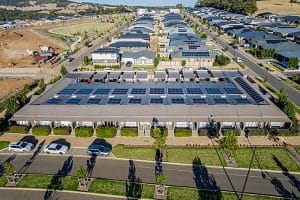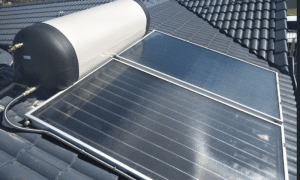We’ve already seen clothing with embedded flexible solar panels, but soon the clothing itself may be the solar cell.
The solar vest and urban chic solar clothing‘s days may be numbered (some might say thankfully). Solar panels being woven onto fabric could become passé if a new silicon-based optical fiber with solar-cell capabilities works out.
An international team of chemists, physicists and engineers lead by Penn State’s Professor John Badding have created a fibre that can convert solar radiation into direct-current electricity.
The material, thinner than the width of a human hair, is created using high-pressure chemistry techniques to deposit layers of crystalline silicon semiconductor materials directly into tiny holes in optical fibers.
A theme common to Professor Badding’s research is the usage of high pressures, which can allow for very useful capabilities not otherwise possible at ambient pressure.
“Our goal is to extend high-performance electronic and solar-cell function to longer lengths and to more flexible forms. We already have made meters-long fibers but, in principle, our team’s new method could be used to create bendable silicon solar-cell fibers of over 10 meters in length,” says Professor Badding.
“Long, fiber-based solar cells give us the potential to do something we couldn’t really do before: We can take the silicon fibers and weave them together into a fabric with a wide range of applications such as power generation, battery charging, chemical sensing, and biomedical devices.”
The professor says while typical solar cells only have one surface able to harvest energy, a flexible, curved solar-cell fabric would not be as dependent upon where the light is coming from.
The research was funded by the National Science Foundation, Penn State’s Materials Research Institute Nano Fabrication Network, and the United Kingdom’s Engineering and Physical Sciences Research Council (EPSRC).
Source
Image credit: Badding lab, Penn State University







































